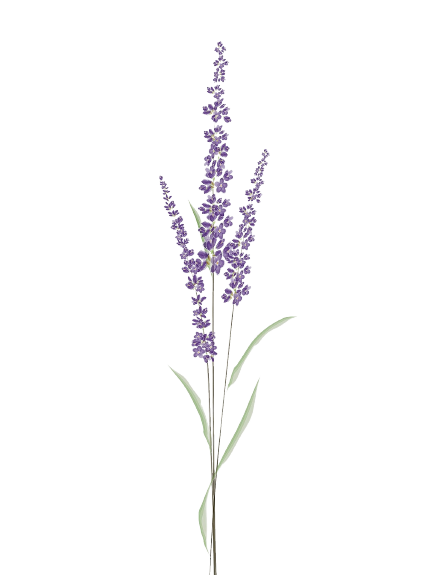When East Meets West
Do I consider myself Indian or American? That’s a question that young Indian Americans commonly grapple with as they try to navigate the two cultures that influence and impact their lives. “I’m American, Mom!” or “I don’t like Indian food!” are sentiments frequently proclaimed by my children. Then there’s my youngest, who once curiously told my sister-in-law, to her extreme distress, “I’m not Indian. I’m half-Mexican and half-American!” While I knew that his comment stemmed from the adoration that he felt for one of my close friends, whose ethnicity is Mexican, I felt guilty, thinking that I had failed to instill a sense of pride in his own Indian culture. Then we have my oldest, who traveled to India twice and readily embraced the culture and food as a child but now avoids Indian food like the plague! He gripes about mild spices in the occasional curry and then shrugs when I give him the evil eye after watching him coolly munch on hot Takis or Cheetos.
Where did I go wrong? I wondered. That is until I considered my shifting cultural identity and its gradual progression and transformation from childhood through adulthood.
Born in India and raised there for six years before joining my family in the United States, I naturally identified more with my Indian roots. Not quite fluent in English and accustomed to a different set of societal customs, I had to learn and unlearn to assimilate into Western culture. No longer was it acceptable to run freely around town barefoot, nor did I see cows and goats similarly wandering around everywhere unrestrainedly. But before long, the Western influences took hold of me, and I morphed into a fusion of the East and West.
My exposure to the American way of life came predominantly from mastering the English language and acculturation. Not to mention, my parents spoke only English at home. They would later regret it when they recognized that I could no longer speak my native tongue fluently. Yet, my parents did ensure that my sister and I learned the Hindu traditions and regularly participated in the local Indian community. So, I happily took dance lessons in Bharatanatyam, relished our summer trips to India, and ate Indian food daily without complaint as a young girl.
But, by the time I was old enough to become vulnerable to the opinions of my peers, I developed a self-consciousness about my ethnicity. Suddenly, I felt painfully aware of the stares that strangers directed at my mother when she wore a sari at the grocery store and even more so if I had to appear in public wearing traditional garb. Cringeworthy comments from strangers and friends like “Is that blood on your forehead?” in reaction to seeing the red bhindi on my forehead or “What tribe are you from?” fueled my self-consciousness and the feeling that we might as well have been aliens from another planet. Often, my mother opened windows when she cooked Indian food because of the intense aromas that permeated our house. I remember my subsequent anxiety and embarrassment one day when a young American friend scrunched up her nose, questioning, “What’s that smell?” upon entering our house.
As a minority population, inclusion becomes paramount, even to the point of surrendering one’s identity. It wasn’t until after four years of bland cuisine at college that I started craving my mom’s rich, flavorful South Indian food. I learned how to cook it for myself and joined a social networking group for young Indian professionals, truly embracing my ethnicity for the first time. Only through personal growth as an adult and an increasing awareness of how diversity shapes us did I welcome my identity as an Indian American woman and appreciate my rich cultural upbringing.
So, when I reflect on my American-born children, who have yet to accept their ethnicity and cultivate their own identity, I reassure myself that I have given them a good foundation and introduction to their Indian heritage. From birth, they have had regular exposure to the Hindu culture through spending time with their grandparents, visiting temples for religious occasions, reading local folklore, or eating Indian food (even if they don’t always relish it!). Yet, they have been exposed to many other cultures, whether Japanese, Brazilian, Australian, or Mexican. I’m grateful that my son has had the opportunity to experience the Hispanic culture so intimately through my friend. More importantly, I respect that my kids primarily identify as Americans right now as they were born and raised in this country and immersed in American society.
I have seen my children and their cousins go through the same scenarios as I did. Whereas they gleefully ran into their grandmother’s outstretched arms as little kids, as they grew older, I watched them squirm uncomfortably upon seeing her familiar, round figure, draped in a boldly colored sari, waiting to greet them at the bus stop. While saddened at this sign of passing innocence, I understood they would also navigate the complicated waters of growing up as minorities with mixed cultural heritage. I am confident that they also will come to proudly own their unique cultural identity by choice and in their own time. Only when they learn to appreciate that we are all purposefully born different from one another in so many beautiful ways will they genuinely celebrate diversity and their own Indian culture.
So, the next time my college-bound son groans, “Oh no, not Indian food!” or my youngest declares on St. Patrick’s Day that he’s half-Irish, I’ll smile knowingly and patiently continue to watch their cultural journey unfold.
